Saturday, November 15, 2008
Character vs. Plot
A recent posting on a blog that I read regularly prompted me to examine how I create characters, and how I relate to them after I've created them and am actually working with them, i.e., writing them and watching them come to life. I thought I should post on this since it's worth thinking about and I don't recall posting anything on this topic per se, although I've blogged about strengths and weaknesses, which are critically important aspects to consider in character development.
Without further ado, this is more or less how I create characters, and how I relate to them....
First, I don't always think of my characters as "people", fictional or otherwise. I do try to see them that way as I'm writing them, but before I write them I try to understand them in story terms. To put it another way, I develop my characters first, then I write them. I ask myself what function does this character serve, what is this character's relationship to the main character and the main storyline, etc., what strengths and weaknesses should this character exhibit. I develop at least a vague, general sense of the character's background, a way for me to intuit where the character is coming from, how the character will interact with others, a sense of the character's personal style, image, way of projecting him-/herself, etc. I let the larger need of the story drive the development of the character, at least in the major ideas I associate with the character. Then, as I work on the details, and especially when writing the character, I try to flesh this out a little more, or a lot more, depending on how vital the character is to the story and how much "screen time" he/she gets. I take the purely functional role and transform it into a "real" person (ie, a fictional person who seems real). In summary, my character-creation process has two basic steps: develop the character abstractly in story terms, then flesh out the character as a "real" (i.e., real-seeming but fictional) person.
Second, I consciously avoid creating any characters that remind me of any real persons, including myself. I don't spend much time thinking about this. As soon as I realize a character is reminding me of anyone who actually exists, I ask myself in what way specifically the fictional character is like someone I know, and then I immediately change the fictional character. I reassess the need for the character, the way I see the character in relation to the story (see above paragraph).
Third, I do occasionally draw inspiration from real people, but not in terms of representing them in my story, even in altered form. I take only a specific attribute, not the whole person, and work that attribute into the story. If I need to depict a character who lies well, I try to think of someone I know who lies frequently. I try to understand how I know when this person is lying, what the difference is between a convincing lie and one that is easy to spot, etc. I glean some insight about lying from someone I know and use that insight to help me shape the way a fictional character might lie in a given scene. I never depict the actual real person, or anything unique to that individual. I look for insights, generalities, and apply that understanding to the shaping of an original, fictional character.
Fourth, I intentionally do not write autobiographical or semi-autobiographical stories. Sometimes there are parallels between events in my stories and events in my life, but I separate these quite clearly in my mind. I am not writing about what I have experienced. I am not depicting those specific events. Rather, as with real people, I glean insights and general ideas about my real-life experiences, using those experiences as a source for information about the nature of such experiences.
Ultimately, characters are defined not by what they think or feel, but by what they do. Character is action. Actions are events.
I create events the same way I create characters. I see the fictional events that I write about as based on dramatic need. I shape the events around the main character's main goal and main weakness, and also any additional goals or weaknesses. If I have a character who likes to swim and who wants to become certified as a lifeguard, then I'll put obstacles in the way of that goal. Those obstacles could include having someone close to the character almost drown while attempting to save someone else, and having an unrelated stranger drown while the main character is present, although not primarily responsible for saving him/her. These events would show the danger of trying to save lives, and the cost of not saving them. They would make the importance of this work and its risks very clear to the main character, who must grapple with how he/she relates to the risks and the sense of purpose that drives him/her forward to achieving the goal of becoming a lifeguard. Other obstacles and the characters who introduce them into the main character's life could focus around logistical matters such as having the time to train, having the money to pay for certification, receiving an injury while helping a friend who goofs off, creating an unnecessary emergency for which the main character pays with an injury that threatens completion of training or ability to pass the certification requirements, etc. As you see, the kind of thinking involved here has nothing to do with me; it has everything to do with developing a story that will create a meaningful set of challenges to a main character who has a certain main goal.
It makes no difference whether any of these events occurred or did not occur in my own life -- I'm not writing about my own life. If I have known someone who drowned, or who almost drowned, then I could draw from that experience, but only in broad terms. Any insights I might glean would likely apply in general to anyone in similar circumstances
Characters and events serve a purpose in my stories, and that purpose is defined by the main goal of the main character, which can be expressed in one sentence: "Joe wishes to become a lifeguard like his big brother." I can draw from real life to inform and advise me in how I depict fictional persons and events, but I never cross the line and base my characters on real persons or events. Ever.
Plot is character, and character is plot. They are so intertwined they cannot be separated. A character is defined by what he/she wants to do. What happens is defined by what a character seeks to do. Character drives plot, plot is the expression of character. Too much focus on the quirkiness of an individual character results in a character-driven story that may lack a meaningful plot; too much emphasis on plot may results in an action-thriller which is too shallow and underdeveloped, because the characters don't seem real or organically connected to the line of action.
There is a lot of information in a novel, in the sense of details the writer has to manage while writing the story. They can become confusing, contradictory, confusing, and did I mention confusing? The way to keep it all together and ensure that things fit properly is to identify priorities. Make decisions and stick with them. Decide your basic concept (that one-sentence description I mentioned above). Decide your basic intent for the story (style, genre, tone, theme). Decide the important attributes of your main character: strengths and weaknesses, what he/she has to learn, his/her motivation, the consequences of success or failure. Establish meaningful major complications, decide which few of them absolutely must appear in the story. Brainstorm ideas, other events, other characters, but keep it loose until you have enough information to work with. Start sifting through and pin things down. Prioritize the decisions. Once something is set, keep it set firmly in your mind. Let later decisions hinge on previous decisions. There is a hierarchy to the information, a sense of perspective about it. By keeping things structured in this way, you can build and maintain a clear sense of who your characters are, why they are, how, what, and where they are, etc. Make characters and events count.
Finally, even though I am not my characters and my characters are not me, my characters are ultimately an expression of me. Not in simplistic terms, but in a roundabout way. I am a gay American male. When I create characters, I do so based on my way of looking at the world. They are my characters, engaged in my events, meaning the events which I have created, in stories that I create. My characters and events, and therefore my stories, serve a greater purpose, which is that they collectively communicate something that I wish to express in writing to potential readers. Writers build a body of work over time. That work is unique to each writer. That work is the writer, but not in simplistic terms. Without the writer, the work is nothing. I don't own my characters, any more than parents own their children. We bring them into the world, we give them life, we raise them up, and we send them on their way, hoping the world will be kind to them. If they deserve it. Those that don't should get what's coming to them. Sadly, there are no protagonists without antagonists. Such is the nature of fiction: conflict, through and through.
Of all things, stories are about people. Our characters must ultimately become people to the people who read about them.
Happy character-creating,
Adrian
Subscribe to:
Post Comments (Atom)
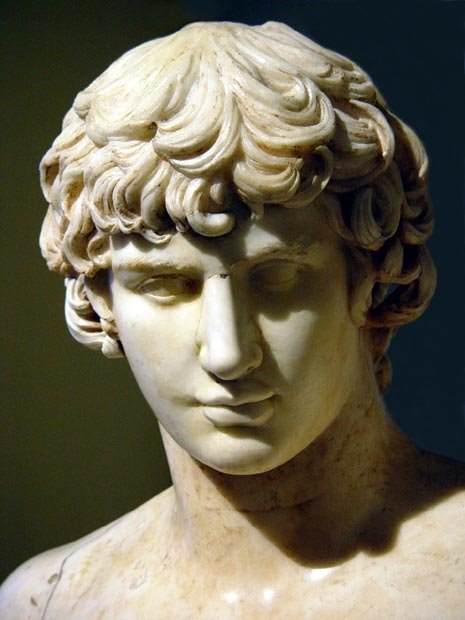
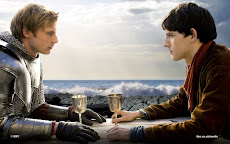



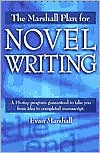
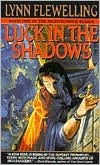
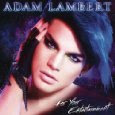
1 comment:
Hi Adrian, well i guess you and I have different ways of looking at our characters as I always like to 'peg' them with living persons (or composites of living persons). Read my most recent blog on how I deal with some of the 'violent' scenes in my story. And most of the characters in my novel had been tagged with the visual images of real people. It helps me bring them really to life.
Post a Comment